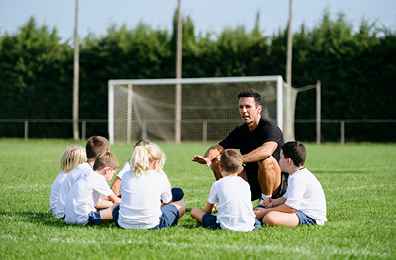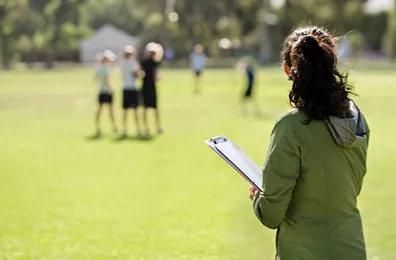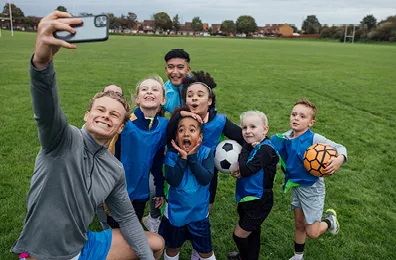Part of the Do's and don'ts series – how to keep children and young people safe in sport.
Language and tone of voice used in the presence of children and young people should provide clear direction, boost their confidence, encourage and affirm them and not be harmful.
Watch the use of language and tone of voice video
Do
- Use clear, direct, age-appropriate language.
- Use words, tone of voice, facial expressions and body posture to communicate calmness and respect.
- Focus on a child or young person’s positive behaviour to build self-confidence, as well as competence.
- Use language that is encouraging and supportive and that promotes a fun and inclusive environment.
- Address a situation when negative language or tone is being used by a child or young person, parent or carer, or other person and reinforce that it is not appropriate.
Don’t
- Use language that is discriminatory, racist or sexist when communicating with children and young people.
- Shame a child or young person, or make derogatory, negative or belittling comments (for example, calling a child or young person a loser or telling them they are too fat).
- Use language or gestures that are sexual, threatening, frightening, humiliating or intimidating to a child or young person.
- Allow children and young people to use inappropriate language unchallenged.
- Single out a child or young person or denigrate them in front of peers or other members.



